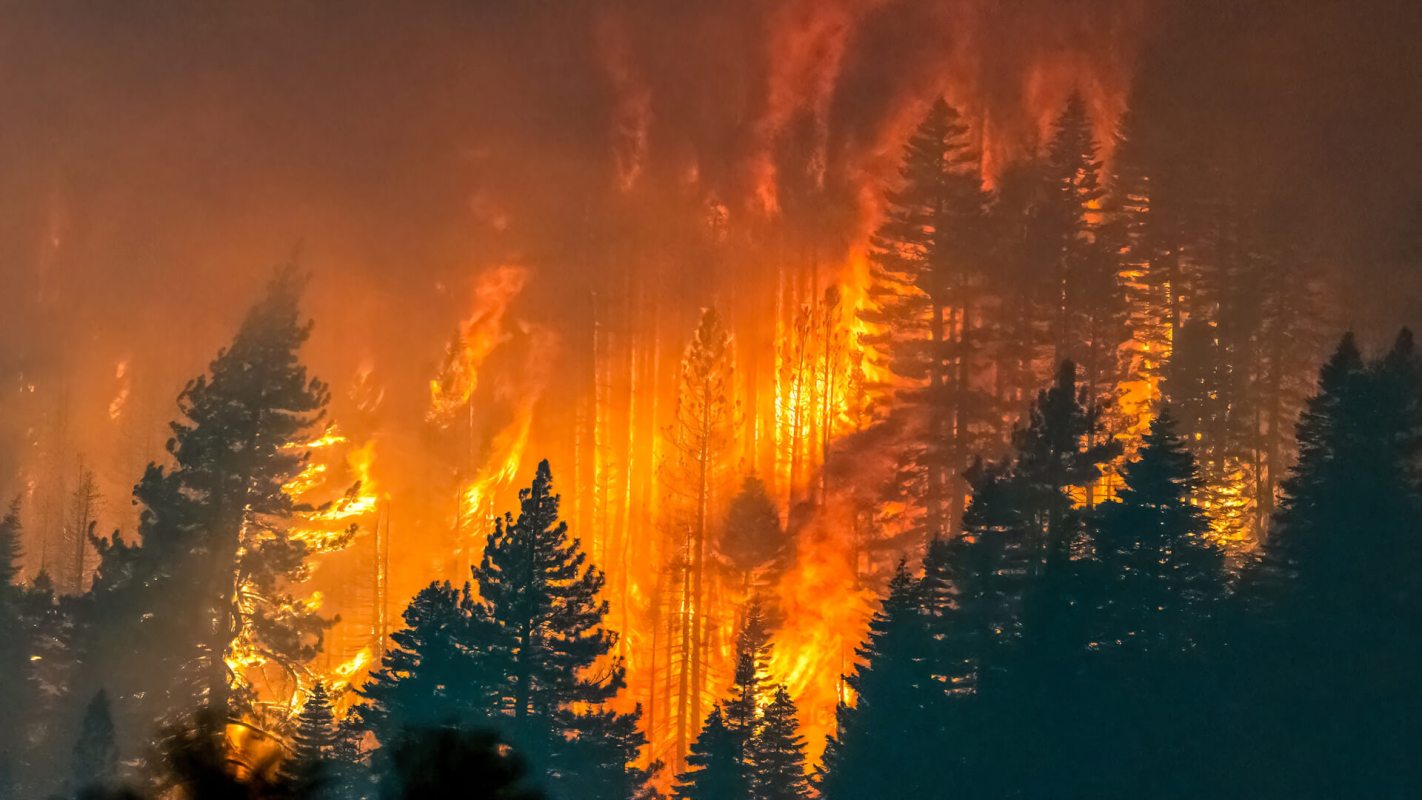News about wildfires across North America has been spreading almost as quickly as the fires and smoke themselves. But what's causing these intense fires? How do they spread? What's being done to stop them? We've got the answers for you.
How do wildfires start?
While lightning and the sun get a lot of blame for starting fires, about 9 in 10 wildfires are started by human activity. Downed power lines, partially lit cigarettes, and campfires can cause wildfires when conditions are right. One spark on a windy day or a small unattended fire can lead to huge blazes.
How do wildfires spread?
The conditions that allow fires to spread quickly and easily are warm weather, strong winds, and lots of dry plants that can keep the fires burning. As our planet continues to overheat, droughts are becoming more frequent and severe, making wildfire conditions more common.
Once a wildfire starts, it can spread incredibly quickly. Plants and homes can become fuel sources, and wind moves embers toward untapped fuel. Some fires can move at a speed of up to 14 mph, burning everything along their path. And because heat rises, fires burn through vegetation faster when they spread uphill.
How are wildfires put out?
Firefighters are battling these infernos with a variety of different tactics, eliminating either the fuel, heat, or oxygen needed for a fire to continue.
One tactic that cuts off a wildfire's fuel is to fight fire with fire. Although it may seem counterintuitive, making sure a landscape burns regularly can actually prevent larger wildfires.
These "prescribed burns" have proven effective in limiting the frequency and size of wildfires. Sometimes prescribed burns aren't enough, and to limit a blaze's fuel source, firefighters must clear out nearby plants that could catch fire — these areas cleared of plants are known as firebreaks.
To target a wildfire's heat and/or oxygen source, firefighters use water and chemical fire retardants to douse the flames, either from the ground or from the air (using either airplanes or helicopters).
In combination with firebreaks and prescribed burns, such tactics can seriously limit the spread of wildfires.
Why are wildfires getting worse?
As the Earth overheats due to the continued burning of dirty energy sources like gas and coal, wildfires become more frequent and more intense.
While that is certainly a scary reality, innovations to address these blazes are also improving all the time. Now, firefighters can use drones and even computer modeling to gather more information about where fires are burning and how to stop them.
So while America's wildfire season is lengthening, so is our list of solutions for dealing with these blazes.
You can take action, too. Make sure you never leave fires unattended or dispose of fireworks or cigarettes in an unsafe way. If you're in an area where a fire is already blazing, make sure you have an evacuation plan with a "go bag" and know the safest route away from the wildfire. Go bags should include water, cash, clothing, a first aid kit, and your medical prescriptions.
While you can't fully predict when wildfires will occur, you can prepare yourself for when they do.








